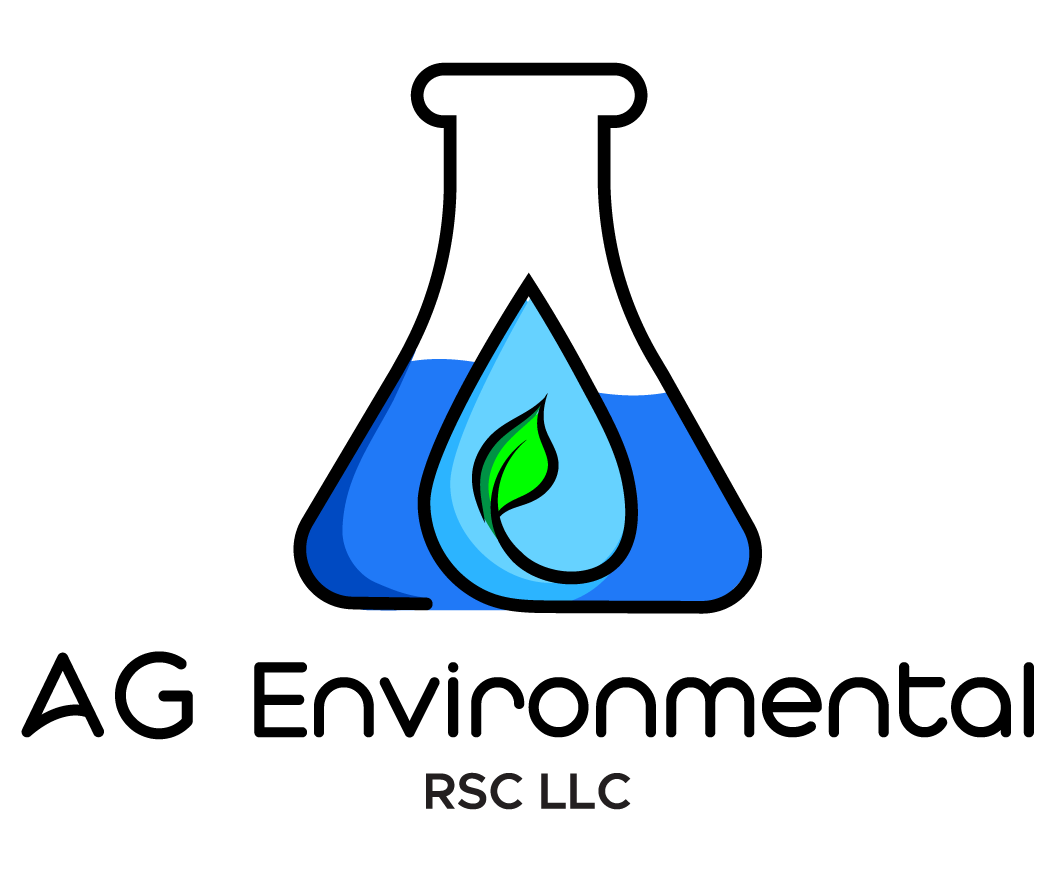Water Testing: Ensuring the Safety of Patients and Staff
Water quality is a critical concern for healthcare facilities. Reliable access to clean and safe water is essential for patient care, medical equipment, and daily operations. In this blog post, we'll explore the importance of water testing for healthcare facilities, the potential risks of water contamination, and the steps necessary to maintain water safety.
Understanding the Importance of Water Testing in Healthcare
1. Patient Safety: Healthcare facilities must prioritize patient safety. Contaminated water can pose significant health risks to patients, especially those with weakened immune systems. Waterborne pathogens and contaminants can lead to infections and other complications.
2. Medical Equipment: Many medical devices, including dialysis machines and sterilizers, rely on high-quality water. Contaminated water can damage equipment, compromise treatment efficacy, and pose serious risks to patients.
3. Infection Control: Healthcare-associated infections (HAIs) are a significant concern. Waterborne pathogens, like Legionella, can be a source of HAIs. Regular water testing helps identify and mitigate these risks.
4. Compliance with Regulations: Healthcare facilities must adhere to regulatory standards and guidelines for water quality. Failure to meet these standards can result in fines, legal liabilities, and damage to the facility's reputation.
Common Water Quality Issues in Healthcare Facilities
1. Legionella: Legionella bacteria thrive in water systems and can cause severe respiratory illnesses, including Legionnaires' disease. Healthcare facilities are at higher risk due to the presence of water reservoirs, cooling towers, and plumbing systems.
2. **Pseudomonas**: Pseudomonas aeruginosa is another opportunistic pathogen found in water. It can cause infections in patients with compromised immune systems.
3. **Contaminants**: Heavy metals, organic chemicals, and other contaminants can leach into the water supply, posing risks to patients and staff.
Steps to Ensure Water Safety in Healthcare Facilities
1. Regular Water Testing: Establish a routine water testing schedule to monitor water quality. Testing should include microbiological analyses, chemical evaluations, and assessments of key parameters like pH and temperature.
2. Legionella Risk Assessments: Conduct Legionella risk assessments to identify potential sources of contamination and develop a water management plan that includes testing, control measures, and remediation protocols.
3. Staff Training: Train staff members in water safety protocols and infection control measures related to water use. Ensure that they are aware of the risks and the steps to take in case of water quality concerns.
4. Water Treatment and Filtration: Implement water treatment and filtration systems as needed to remove contaminants and ensure the water supply meets quality standards.
5. Emergency Response Plans: Develop emergency response plans for water quality issues, including actions to take in the event of contamination or system failures.
6. Collaboration with Experts: Collaborate with water quality experts and certified laboratories to ensure accurate testing and interpretation of results.
Conclusion
Water testing is a vital component of ensuring the safety of patients and staff in healthcare facilities. By understanding the importance of water quality, recognizing potential risks, and taking proactive measures, healthcare facilities can maintain a safe and reliable water supply. Prioritizing water safety not only protects patients but also helps healthcare organizations comply with regulations and uphold their commitment to quality care.

